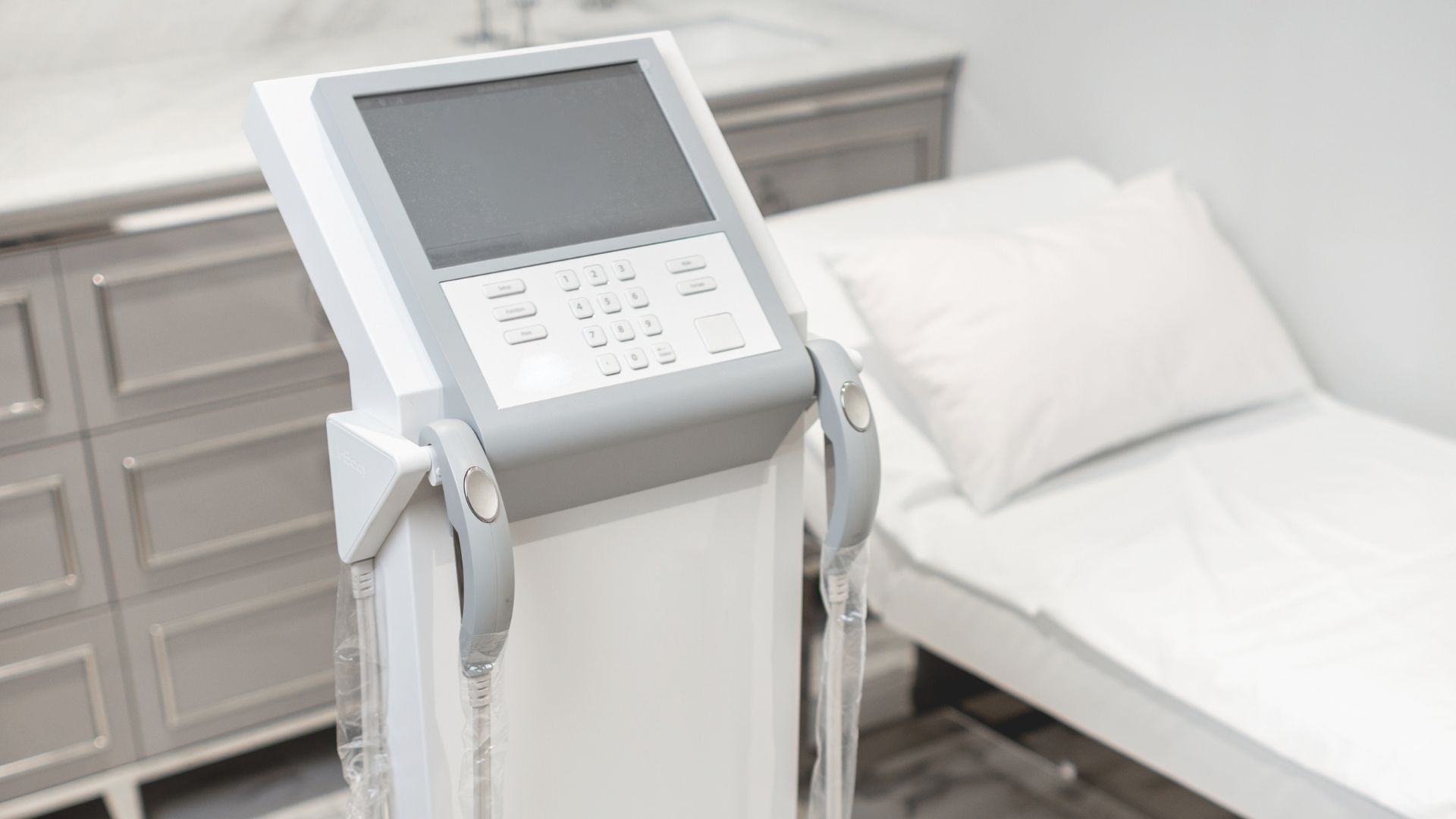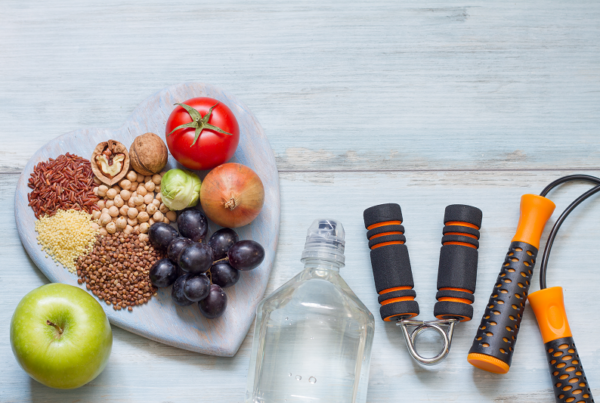
Why measure your visceral fat?
Now that the government-enforced regulations are being eased, many people are planning for post Covid-19 weight loss. Some sectors of our economy are still restricted from regular trading but for many there is some sense of normality resuming. The number of people being vaccinated increases every day so the prospect of large gatherings and overseas travel is only a few months away.
Commentators have latched onto the Covid-stone, a simple catchall phrase for the weight that many people put on during the course of the three lockdowns. This oversimplifies, what is for many, a very challenging situation. For sure, the lockdowns affected many people and as I’ve written before, it closed of many of the outlets that helped to burn those excess calories, thus maintaining the body’s natural equilibrium. The net result is that many people put on weight but as normal routines return, in time, most of this weight will be lost.
But for those people that had a weight issue heading into the lockdowns, in the main, their situation only worsened. During lockdown, pretty much everything slowed down.
Working turned into home-working.
Schooling turned into home-schooling.
Sports turned into couch-sports.
So, there was an increase in food and alcohol sales. This was to be expected but with all those ‘calorie burn off’ avenues shut down, it was inevitable that there would be a national weight gain. This weight gain is a major concern for the above-mentioned cohort that entered lockdown with a BMI reading that placed them in the overweight/obese category.
Though we are entering the mas inoculation phase against Covid-19, it is important to restate the, now medically and scientifically proven, relationship between obesity and expected poor outcome if you contract Covid-19. Key to understanding this is your body fat percentage and more specifically, the types and percentages of body fat you are carrying.
Subcutaneous fat and visceral fat are good. A small amount of fat is an essential part of a healthy, balanced diet. Fat is a source of essential fatty acids, which the body cannot make itself. Fat helps the body absorb vitamin A, vitamin D and vitamin E. These vitamins are fat-soluble, which means they can only be absorbed with the help of fats.
Visceral fat is the bogey fat. Carrying too much of this fat and it will lead to type 2 diabetes and cardiovascular disease. Also, this is the fat that is associated with complications if you were to contract Covid-19. Over time, as you gain weight, visceral fat builds up around your organs. As it’s invisible, it’s only when a health issue arises that its significance is realised.
At Motivation, to measure your visceral fat is one of the key weight loss screening measurements of our Initial Assessment. This helps to provide you with an overall health report, a report that you can use to benchmark where you are and what steps you need to take to reduce your BMI.
My parting message to you – if you are planning for post Covid-19 lockdown weight loss, an important first step is to measure your visceral fat. Please check our nationwide network of weight management clinics here.



